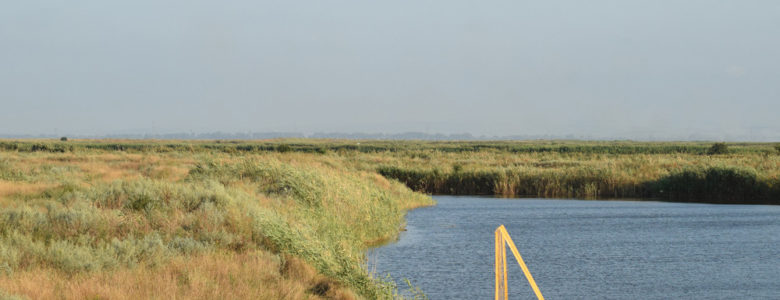Preventing pipe erosion is critical to managing the integrity of needed infrastructure. There are various forms of piping erosion, also referred to as piping corrosion, that can affect operations including uniform corrosion, pitting corrosion, microbiologically influenced corrosion, and others. Here’s what to know about them and how to prevent them.
1. Uniform Corrosion
Uniform corrosion is a form of pipe erosion that can occur uniformly across an exposed surface. This is easily identifiable as rust. Corrosion like this can be mitigated by the use of protective coatings, corrosion inhibitors, and cathodic protectors.
2. Pitting Corrosion
Pitting corrosion is a form of pipe erosion that is localized to small areas, often where there is an abrasion in the base metal or where the surface has not been treated properly. Proper material selection, pH control, and either anodic or cathodic protection are typically used to mitigate pitting corrosion.
3. Galvanic Corrosion
Galvanic corrosion can occur at a joint between two metallic or semi-metallic conductors which have contrasting electrochemical potentials when they are exposed to an electrolytic fluid. Avoiding joints between materials that are far apart in the galvanic series and insulating dissimilar metals when possible are two ways to mitigate galvanic corrosion.
4. Crevice Corrosion
Crevice corrosion occurs immediately adjacent to a joint. The gap between joined materials acts as an electrochemical concentration cell. Eliminating crevices by continuous welding is an effective way to mitigate corrosion of this type.
5. Intergranular Corrosion
Intergranular corrosion is more prevalent in alloy castings and is largely caused by compositional variances. It occurs along grain boundaries and can lead to cracking. The use of low-carbon stainless steels and aluminum, as well as post-weld heat treatments, can help prevent intergranular corrosion.
6. Microbiologically Influenced Corrosion
This type of corrosion can occur when either aerobic or anaerobic bacteria cause an accelerated rate of corrosion. To avoid this, regular cleaning of pipes that are predisposed to high levels of sulfides is advised. Chemical treatments and inhibitors can also be used to reduce the presence of bacteria.
There are many ways to avoid or mitigate pipe erosion depending on the cause of the corrosion itself. Another more general options are pipe saddles. Pipe saddles are designed to insulate pipes from their supports, eliminating the risk of corrosion by preventing moisture penetration and metal-on-metal contact. This can all be done without any chemical mixing, straps, or hot work.



Leave a Reply